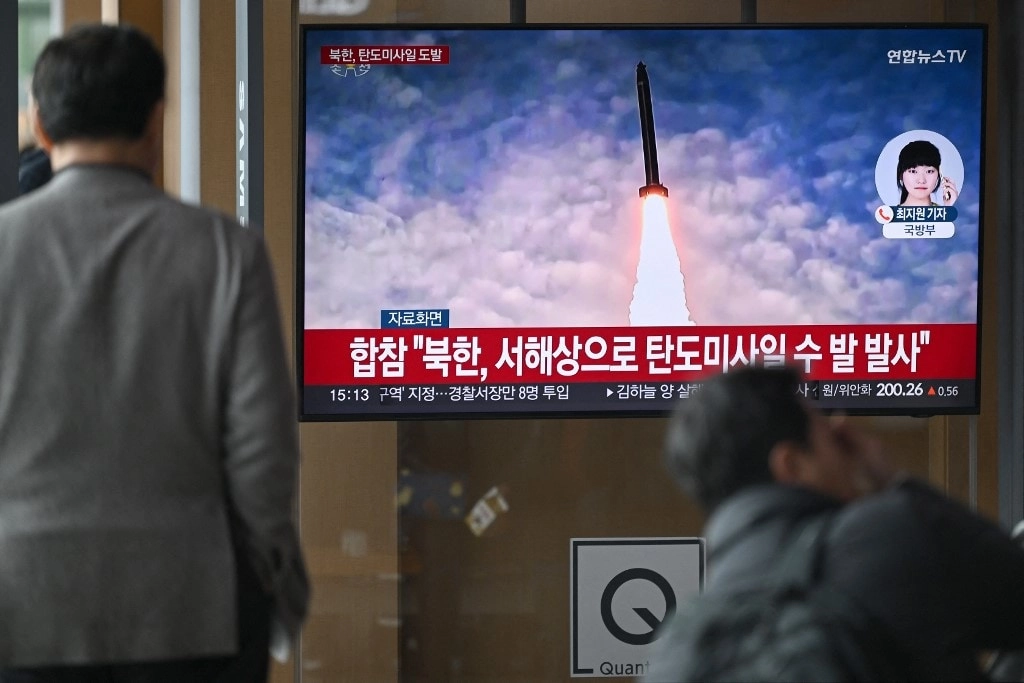North Korea has once again escalated tensions in the region by firing a ballistic missile into the East Coast, according to reports from South Korea. This provocative action highlights the ongoing volatility on the Korean Peninsula and raises concerns among neighboring countries and global powers. The missile launch occurred amid heightened scrutiny of North Korea’s military capabilities and intentions, as the nation continues to develop its arsenal despite international sanctions and diplomatic efforts aimed at denuclearization.
The missile was reportedly launched from an inland area, and its trajectory indicated that it flew over the waters off the East Coast, landing in the sea. This type of ballistic missile test is not new for North Korea, which has a history of conducting such launches to demonstrate its military strength and to signal its defiance against the United States and South Korea. Analysts suggest that these actions are often timed to coincide with military exercises or political events in the region, serving as a reminder of North Korea’s persistent ambitions to advance its missile technology and enhance its defense capabilities.
In response to the missile launch, South Korean military officials and government leaders have called for vigilance and have reiterated their commitment to national security. They are closely monitoring the situation and coordinating with the United States to ensure a unified response to North Korea’s ongoing provocations. The international community has expressed concern over the potential for further escalation, emphasizing the need for diplomatic channels to address the underlying issues that contribute to the cycle of tension on the Korean Peninsula. As North Korea continues to assert its military capabilities, the prospects for peace and stability in the region remain precarious, highlighting the urgent need for renewed dialogue and engagement among all parties involved.




